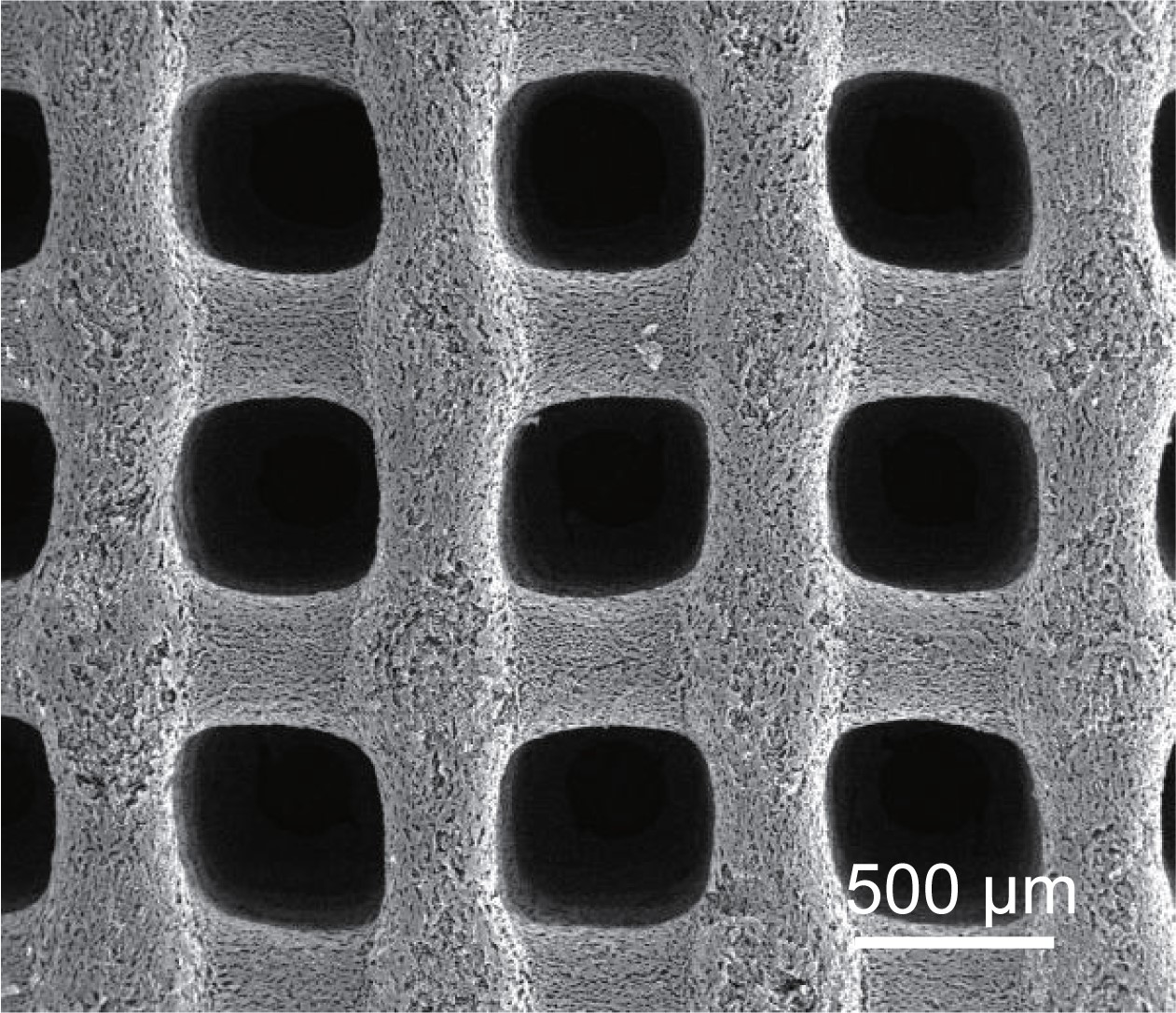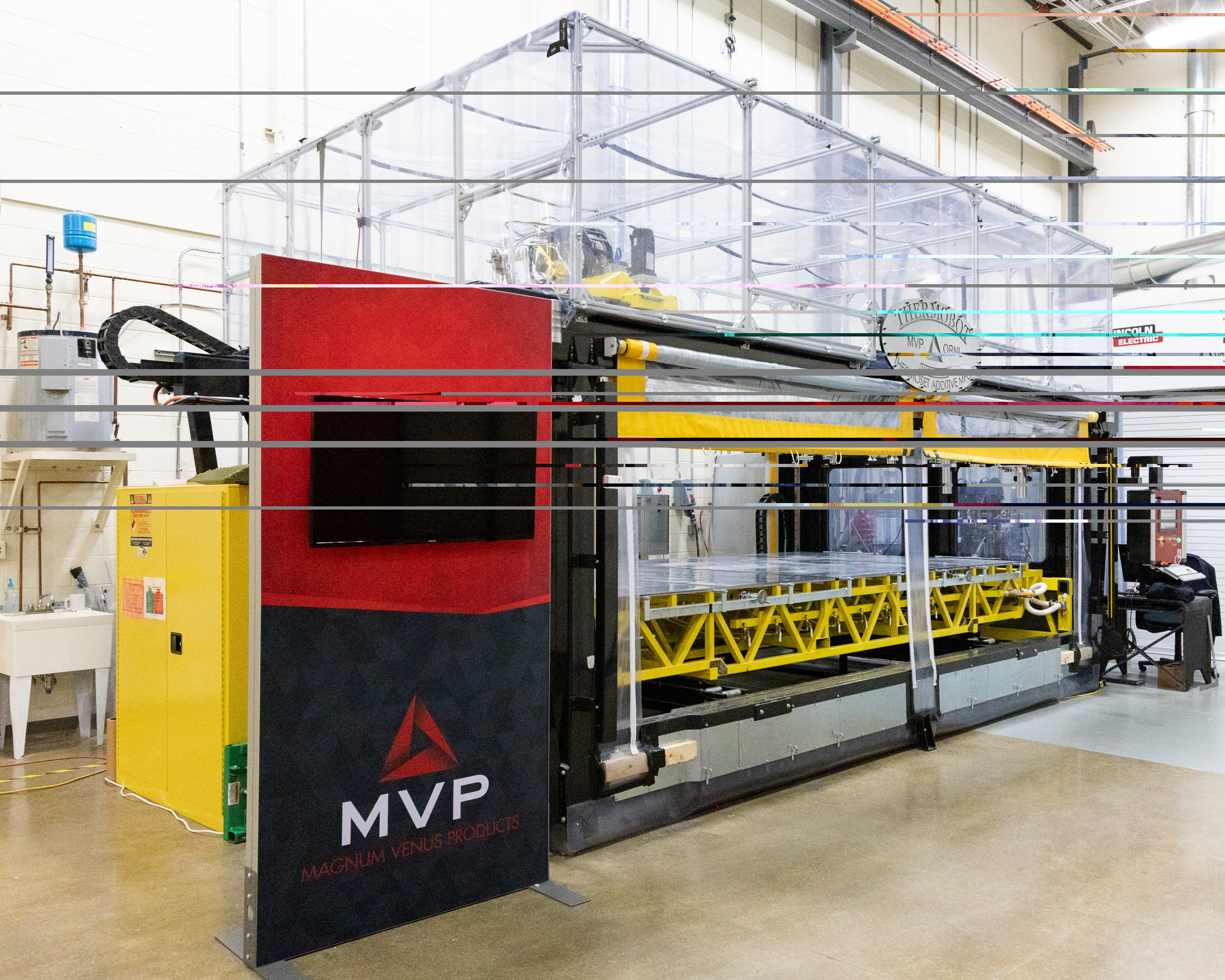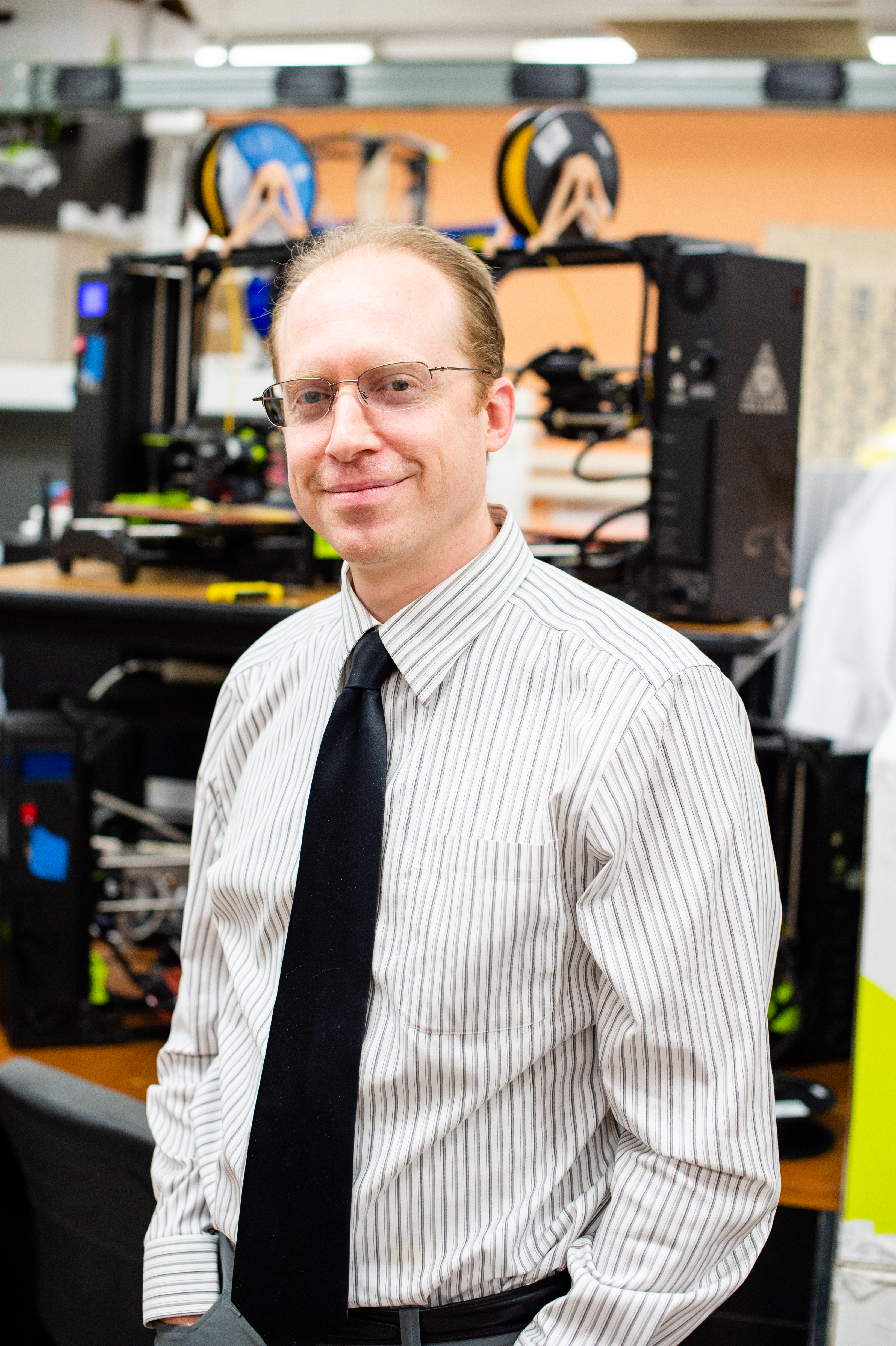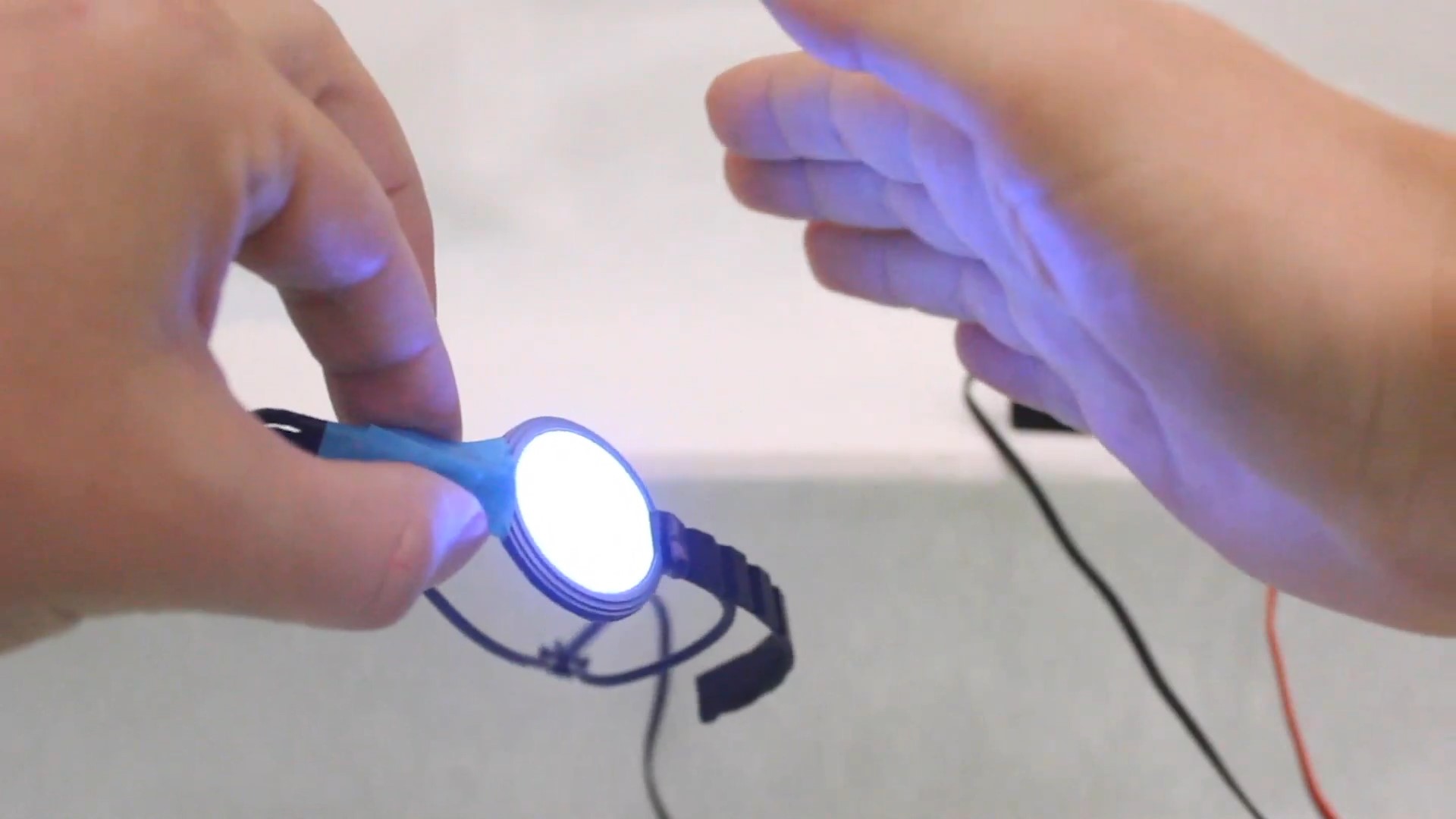Researchers have developed soft yet durable 3D-printed materials that glow in response to mechanical stress, such as compression, stretching or twisting. The materials derive their luminescence from single-celled algae known as dinoflagellates, which are embedded within the materials. The work was inspired by the bioluminescent waves caused by dinoflagellates during red tide events at San Diego’s beaches.
Tag: 3D printed
3D-printed insoles measure sole pressure directly in the shoe
Researchers at ETH Zurich, Empa and EPFL are developing a 3D-printed insole with integrated sensors that allows the pressure of the sole to be measured in the shoe and thus during any activity. This helps athletes or patients to determine performance and therapy progress.
Story tips: Drought-resistant crops, hydropower, AI for atomic measurement, controlling refrigerants and recycling e-waste
Story tips: Drought-resistant crops, hydropower, AI for atomic measurement, controlling refrigerants and recycling e-waste
CU VET’s “3D Dog Eye Anatomy Model for Self Learning” Wins a Gold Medal at IWA 2020, Morocco
The 3D Dog Eye Anatomy Model for Self–learning, an innovation by the Faculty of Veterinary Science, Chulalongkorn University (CU VET) recently received the Gold Award at the International Innovation Week Africa (IWA) 2020 in Rabat, Morocco.

Porous, ultralow-temperature supercapacitors could power Mars, polar missions
Researchers reporting in ACS’ Nano Letters have 3D printed porous carbon aerogels for electrodes in ultralow-temperature supercapacitors, reducing heating needs for future space and polar missions.

ORNL receives three 2021 FLC Awards for technology transfer
Three technologies developed by researchers at Oak Ridge National Laboratory have won National Technology Transfer Awards from the Federal Laboratory Consortium. The annual FLC Awards recognize significant accomplishments in transferring federal laboratory technologies to the marketplace.
Engineers 3D print lifelike heart valve models
Engineers have created 3D printed patient-specific models of the aorta that can aid presurgical planning and improve outcomes of minimally invasive valve replacement.

MTU engineer makes open-source, 3D printed tools for COVID-19
There is a desperate need for low-cost hardware to deal with COVID-19 all over the world. Today, with the evolution of digital manufacturing technologies such as 3D printers and circuit milling systems, humanity can share designs with others who can…

Bristol innovation challenges regular touchscreens with new spray-on technique
A team at Bristol has challenged the idea that touchscreens are limited to 2D and rectangular shapes by developing an interactive display that can be sprayed in any shape.
Inspired by the way an artist creates graffiti on a wall and using a novel combination of sprayable electronics and 3D printing, the technique, called ProtoSpray, allows the creation of displays on surfaces that go beyond the usual rectangular and 2D shapes.
UT Dallas Response Lab Projects Add New Dimension To Help COVID-19 Fight
University of Texas at Dallas researchers have designed and 3D-printed a critical ventilator part and are working to manufacture testing swabs and personal protective equipment (PPE) in a campus lab mobilized to address potential supply shortages due to the COVID-19 pandemic.
BIDMC physician-scientists spearhead effort to address nationwide COVID-19 testing swab shortage
As the numbers of patients with confirmed and suspected COVID-19 in the United States continue to rise exponentially, physician-researchers at Beth Israel Deaconess Medical Center (BIDMC), part of Beth Israel Lahey Health, launched a collaborative and open-source effort to address the shortage of swabs that is hampering the nation’s ability to test for and track the spread of the virus. The team’s mission is to catalyze the development and clinical validation of novel designs for swabs for COVID-19 testing that can be manufactured quickly and in large numbers.
3D printed technology streamlines common medical test
ELISA assay performed in pipette tips simplifies procedure and lowers cost Scientists have taken a common, yet laborious lab test and redesigned it to be performed in small 3D printed pipette tips used to measure and transfer fluids in the…